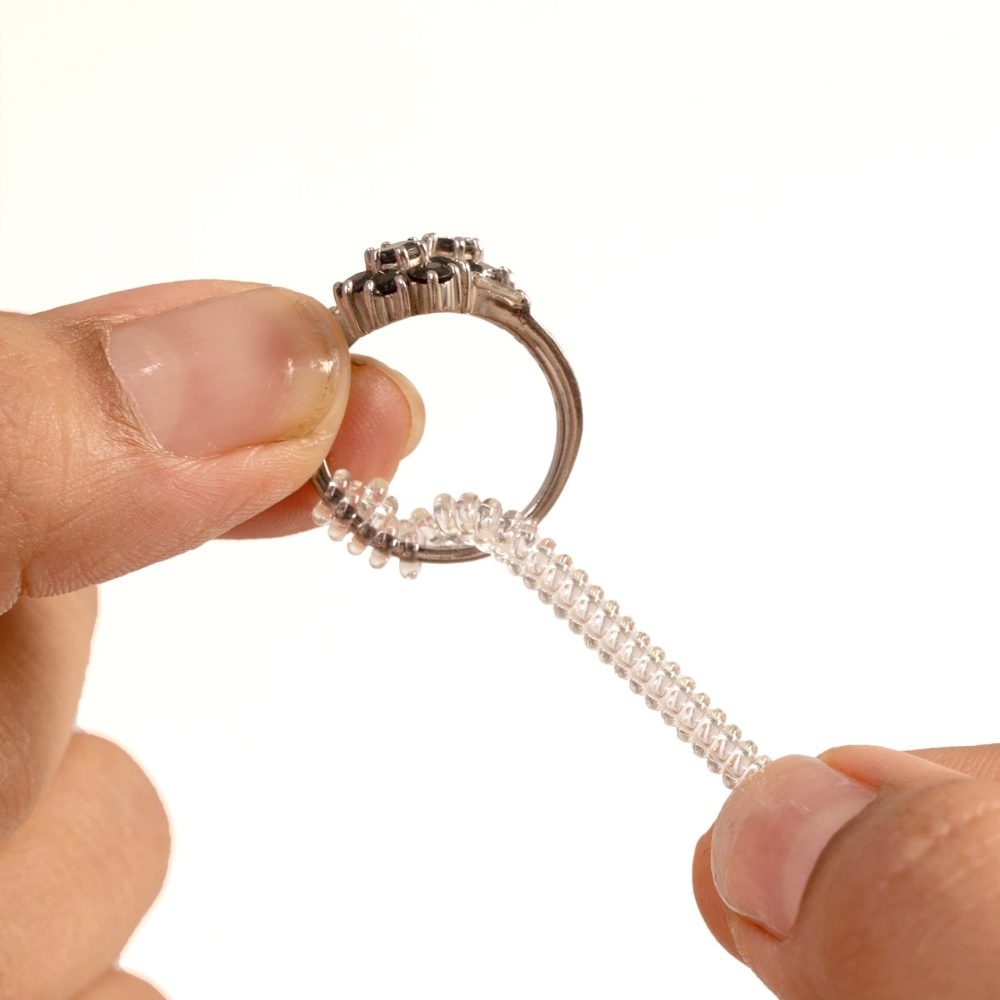Introduction
Finding the perfect fit for your ring can sometimes be challenging, especially if your ring size fluctuates or if you have a unique ring design. A ring adjuster is a practical solution for ensuring a comfortable and secure fit. This guide will walk you through the process of using a ring adjuster effectively, from selecting the right type to fitting it properly.
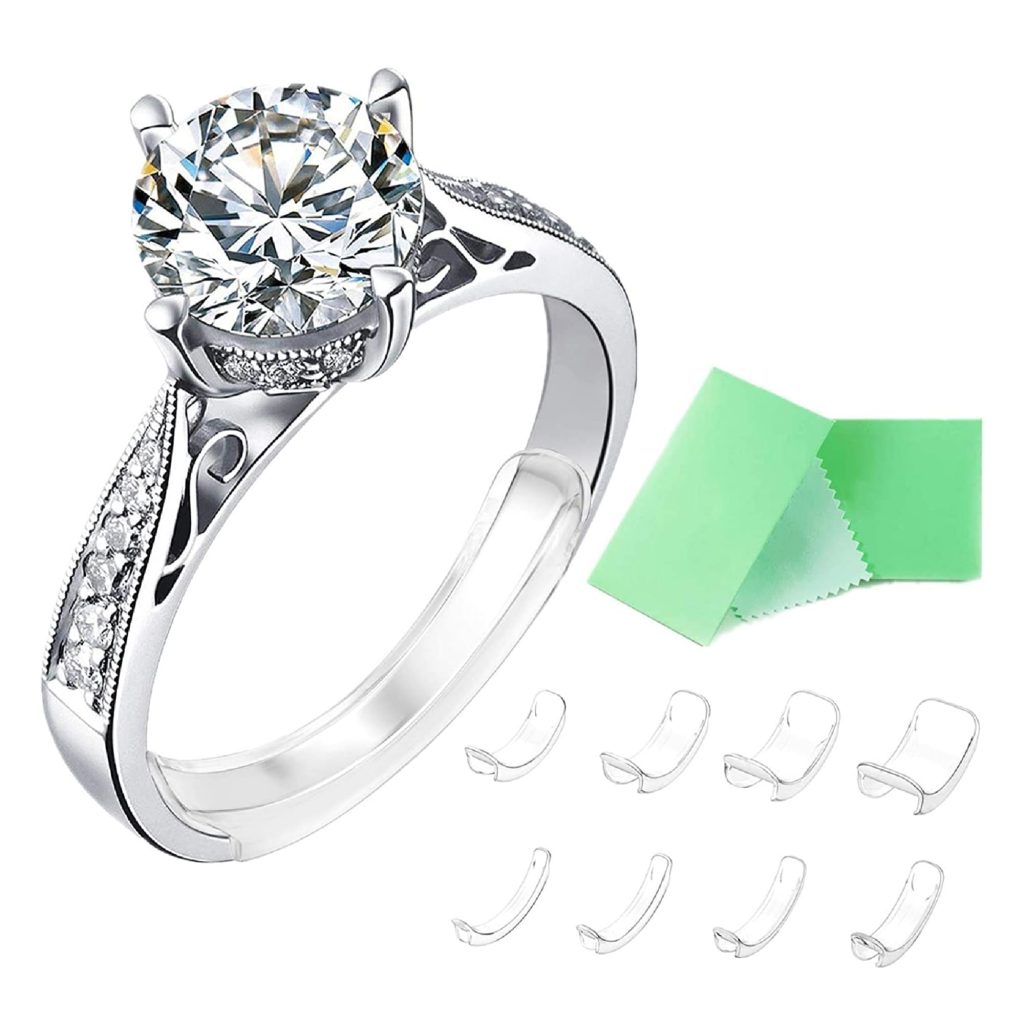
Understanding Ring Adjusters
Ring adjusters are small, removable devices designed to make rings fit more snugly. They come in various styles, including:
- Silicone Ring Adjusters: Soft, flexible, and often come in adjustable sizes. They are ideal for comfort and can be easily cut to size.
- Metal Spring Ring Adjusters: Made from stainless steel or other metals, these are durable and provide a firm grip but may be less comfortable.
- Expandable Ring Sizers: Usually made of metal and designed to expand or contract to fit various ring sizes.
Choosing the Right Type
Select the ring adjuster that best suits your needs:
- For Comfort: Silicone adjusters are generally the best choice as they are soft and adaptable.
- For Durability: Metal adjusters offer a more secure fit but may be less comfortable for extended wear.
- For Versatility: Expandable ring sizers are useful if you frequently need to adjust the fit of your ring.
Measuring Your Ring Size
Before using an adjuster, confirm your ring size:
- Use a Ring Sizer: Measure your finger using a ring sizer or a printable ring size guide.
- Consult a Jeweler: If you’re unsure, visit a jeweler to get an accurate measurement.
Preparing the Ring and Adjuster
Ensure the ring and adjuster are clean:
- Clean the Ring: Wipe your ring with a soft cloth to remove any dirt or oils.
- Prepare the Adjuster: If using a silicone adjuster, cut it to size if necessary. For metal adjusters, ensure they fit your ring’s width.
Installing the Ring Adjuster
Follow these steps to install the ring adjuster:
- Determine Placement: Decide where the adjuster will go. For silicone adjusters, you typically place them on the inner band of the ring.
- Apply the Adjuster:
- Silicone Adjusters: Slide the silicone adjuster onto the inner band of the ring. Adjust its position until the ring feels snug but not uncomfortable.
- Metal Spring Adjusters: Fit the metal adjuster into the ring’s band, ensuring it sits securely and doesn’t interfere with the ring’s design.
- Expandable Sizers: Insert the expandable sizer into the ring and adjust the size by turning or sliding the mechanism until the fit is correct.
- Test the Fit: Once the adjuster is in place, try on the ring to ensure it fits comfortably. It should be snug enough to prevent the ring from spinning but not so tight that it feels restrictive.
Adjusting the Fit
If the ring still doesn’t fit perfectly:
- Reposition the Adjuster: Move the adjuster slightly and test again.
- Cut or Resize: For silicone adjusters, trim them if they’re too bulky. For metal adjusters, adjust the mechanism to find a more comfortable fit.
Maintaining the Ring Adjuster
To ensure longevity and comfort:
- Check Regularly: Periodically check the fit and condition of the adjuster, especially if you frequently wear the ring.
- Clean as Needed: Clean the adjuster and the ring regularly to maintain hygiene and prevent buildup.
Removing the Ring Adjuster
When you no longer need the adjuster:
- Silicone Adjusters: Gently peel the adjuster off the ring.
- Metal Adjusters: Carefully remove or loosen the adjuster from the ring.
- Expandable Sizers: Adjust the mechanism to release the sizer from the ring.
Troubleshooting Common Issues
If you encounter problems:
- Slippage: If the ring still slips, try a different size or type of adjuster.
- Discomfort: Ensure the adjuster is not too tight or placed incorrectly. Adjust or try a different style if necessary.
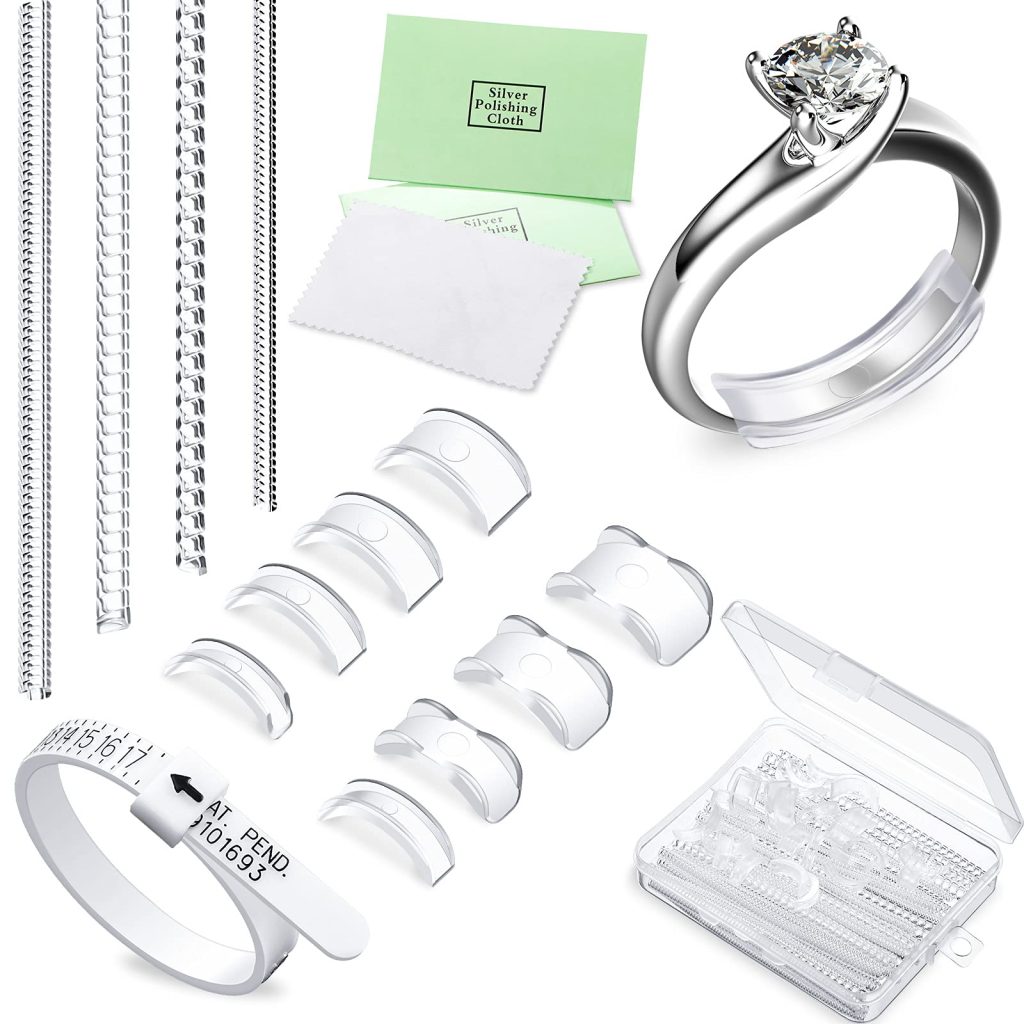
Choose the Right Ring Adjuster
Ring adjusters come in various materials (like silicone, metal, or fabric) and sizes to accommodate different ring widths and personal preferences. Start by measuring the width of your ring’s band to ensure you select an adjuster that will fit snugly without overlapping. Silicone adjusters are a popular choice due to their flexibility and ease of use, but consider your skin sensitivity and the aesthetic you prefer when making your selection.
Prepare Your Ring and Hands
Before applying the adjuster, thoroughly clean your ring and your hands with mild soap and water. Dry them completely to ensure a secure bond between the adjuster and the ring. It’s crucial to work on a clean surface to avoid trapping dirt or debris under the adjuster.
Position the Ring Adjuster
Hold your ring with the inside facing up. If you’re using a silicone or fabric adjuster, slide it onto the band until it reaches the desired position, usually near the bottom of the ring where it won’t be as visible. For metal spiral adjusters, open the spiral gently with pliers, slip it onto the ring, and then close the spiral back around the band to secure it in place.
Adjust and Secure
Once the adjuster is in position, gently stretch or compress it (depending on the material) to create a comfortable yet snug fit against your finger. Ensure that there’s no gap between the ring and your skin where the adjuster is applied; this will prevent the ring from spinning or slipping off. Check the tightness by sliding the ring up and down your finger—it should move with slight resistance.
Test for Comfort
Before declaring the job done, wear the adjusted ring for a while to test its comfort level. Perform everyday tasks like washing your hands or typing to see if the adjuster causes any irritation or discomfort. Adjust further if necessary.
Maintenance and Care
Regularly check the adjuster for signs of wear or damage, especially if you’ve chosen a silicone or fabric option, which may degrade over time with frequent use or exposure to chemicals like lotions or soaps. Replace the adjuster when needed to maintain the integrity of your ring and its fit.
Tips and Precautions:
- If you have allergies or sensitive skin, opt for hypoallergenic materials like medical-grade silicone.
- Avoid using ring adjusters on rings with intricate designs or gemstones close to the band, as they might cause damage.
- Remember that while ring adjusters offer a temporary fix, resizing by a professional jeweler is recommended for valuable or heirloom pieces.
- Don’t overtighten the adjuster, as this could warp the shape of your ring or cause discomfort.
- For wide bands, you might need to use multiple adjusters spaced evenly for the best results.
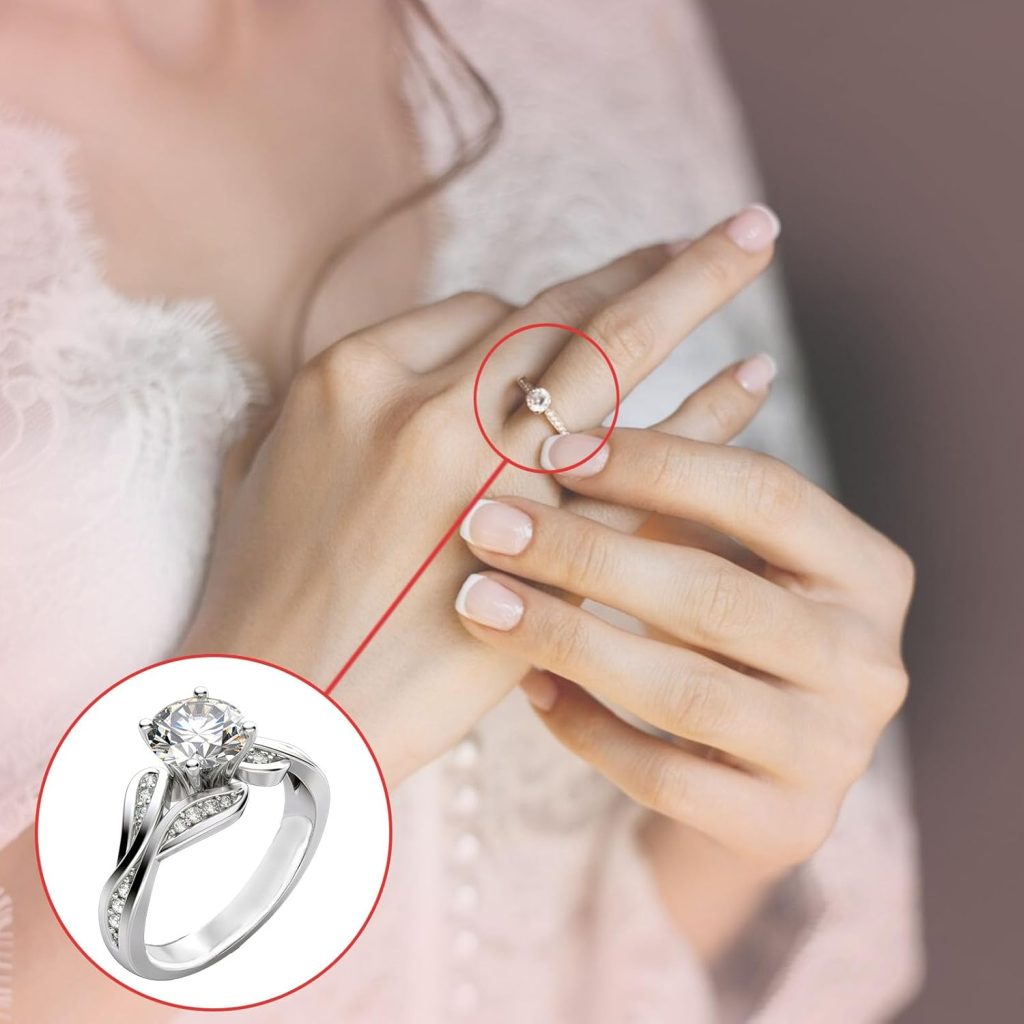
Understanding Ring Adjusters
Ring adjusters are small devices designed to make rings fit more snugly. They come in several styles, each with its own advantages:
- Silicone Ring Adjusters: These are made from flexible, soft silicone, which makes them comfortable and easy to use. They can be cut to size and are often used for a snug fit without adding bulk.
- Metal Spring Ring Adjusters: Constructed from stainless steel or other metals, these adjusters are durable and provide a firm fit. They are less flexible but offer a more secure grip.
- Expandable Ring Sizers: Typically made of metal, these adjusters can be expanded or contracted to fit various ring sizes, making them versatile for different needs.
Choosing the Right Type of Ring Adjuster
Selecting the appropriate ring adjuster depends on your specific needs:
- Comfort: If you prioritize comfort, silicone adjusters are the ideal choice. They are soft and conform to the shape of your finger, minimizing discomfort.
- Durability: For a more durable solution, metal spring ring adjusters are recommended. They offer a strong hold and are less likely to wear out quickly.
- Versatility: Expandable ring sizers are perfect if you need an adjustable solution that can accommodate varying finger sizes or if you frequently change rings.
Measuring Your Ring Size
Accurate ring size measurement is crucial before using an adjuster:
- Use a Ring Sizer: A ring sizer is a tool that helps measure your finger size precisely. It can be purchased online or at jewelry stores. Alternatively, use a printable ring size guide.
- Visit a Jeweler: For the most accurate measurement, visit a jeweler who can size your finger professionally and recommend the best adjuster.
Preparing the Ring and Adjuster
Before installing the adjuster, ensure both the ring and the adjuster are in good condition:
- Clean the Ring: Wipe the ring with a soft cloth to remove any dirt or oils. A clean surface ensures better adhesion and comfort.
- Prepare the Adjuster: If you are using a silicone adjuster, cut it to the appropriate size. For metal adjusters, ensure they fit the width of your ring and are free from any sharp edges.
Installing the Ring Adjuster
Follow these steps to properly install the ring adjuster:
- Determine Placement: Decide where the adjuster will be placed. Typically, silicone adjusters are placed on the inner band of the ring, while metal adjusters may be fitted differently depending on their design.
- Apply the Adjuster:
- Silicone Adjusters: Slide the silicone adjuster onto the inner band of the ring. Adjust its position until the ring feels secure but not overly tight.
- Metal Spring Adjusters: Fit the metal adjuster into the ring’s band, making sure it is seated securely and does not interfere with the ring’s design or comfort.
- Expandable Sizers: Insert the expandable sizer into the ring and adjust it by turning or sliding the mechanism until you achieve the desired fit.
- Test the Fit: After installation, try on the ring to ensure it fits comfortably. The ring should not spin around your finger or feel too tight.
Adjusting the Fit
If the ring does not fit perfectly after initial adjustment:
- Reposition the Adjuster: Slightly move the adjuster and re-test the fit. Small adjustments can make a significant difference in comfort.
- Cut or Resize: For silicone adjusters, you can trim them if they are too bulky. For metal adjusters, use the mechanism to fine-tune the fit.
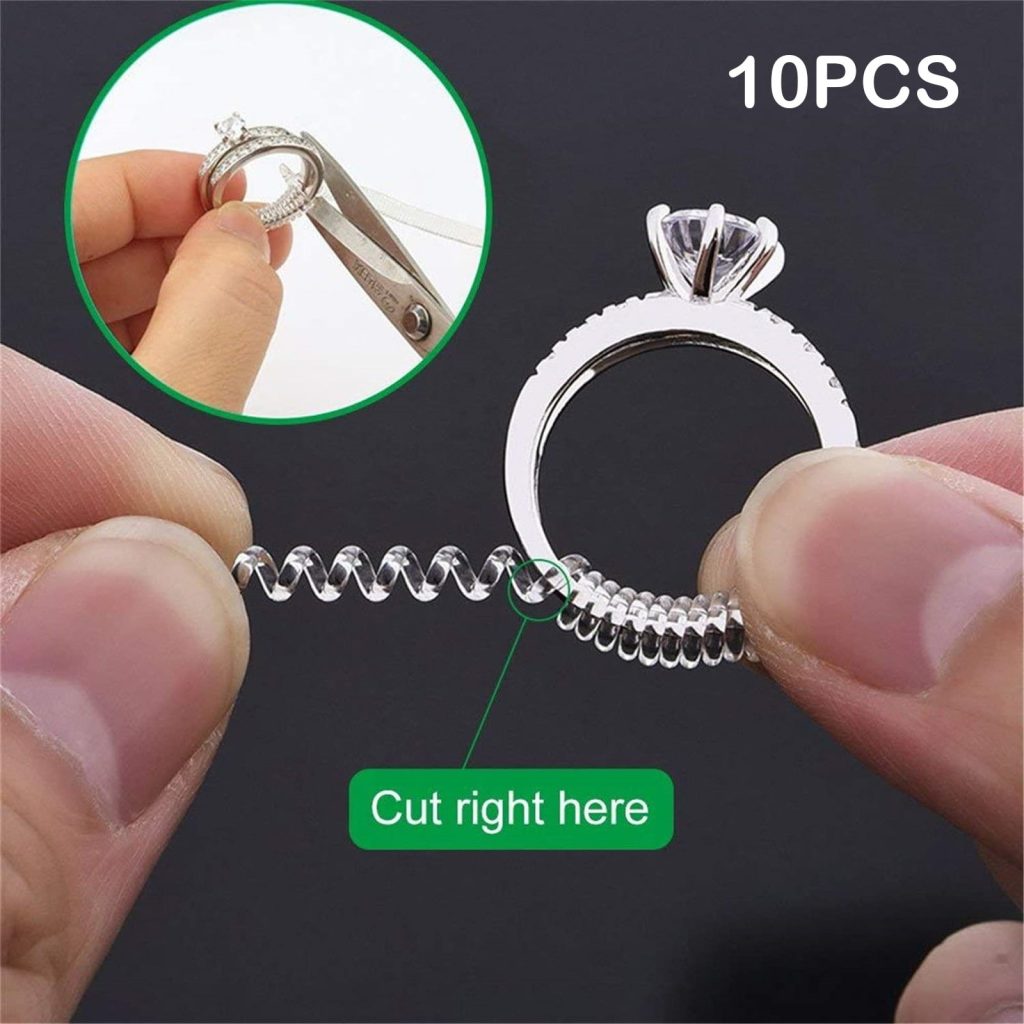
Maintaining the Ring Adjuster
Proper maintenance ensures the longevity of both the ring and the adjuster:
- Check Regularly: Periodically check the fit and condition of the adjuster. Over time, adjusters can wear out or shift, requiring adjustment or replacement.
- Clean as Needed: Clean the adjuster and ring regularly to prevent buildup of dirt and oils. This helps maintain hygiene and keeps the ring looking its best.
Removing the Ring Adjuster
When the adjuster is no longer needed:
- Silicone Adjusters: Gently peel the adjuster off the ring. If it is sticky or hard to remove, use a bit of soap and water to ease it off.
- Metal Adjusters: Carefully remove or loosen the metal adjuster from the ring. If it is fitted tightly, you may need to use pliers or other tools to assist in removal.
- Expandable Sizers: Adjust the mechanism to release the sizer from the ring.
Troubleshooting Common Issues
Address common issues with these solutions:
- Slippage: If the ring still slips, consider trying a different size or type of adjuster. Sometimes a combination of adjusters may be needed for a perfect fit.
- Discomfort: Ensure the adjuster is not too tight or improperly placed. Adjust or try a different style if the current one causes discomfort.
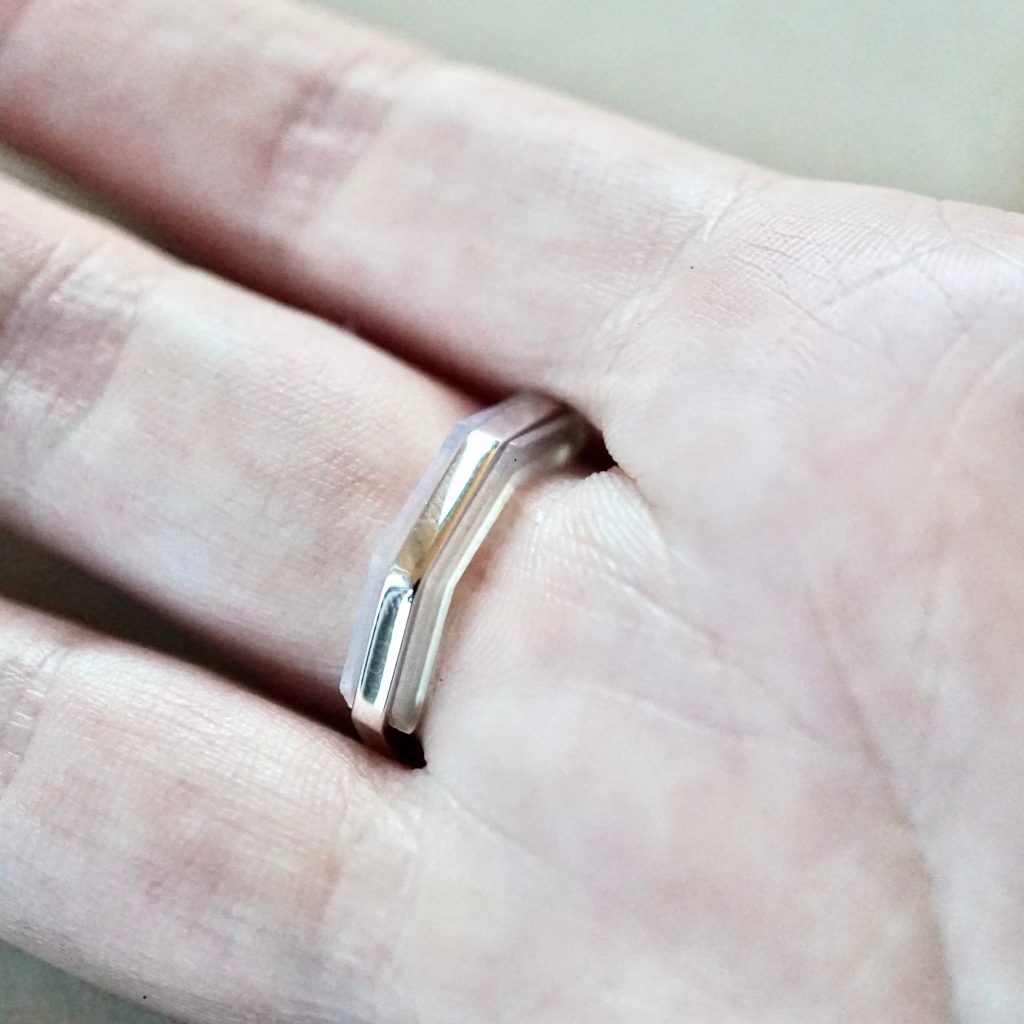
Conclusion
Using a ring adjuster is a practical way to ensure your ring fits perfectly, providing both comfort and security. By following this step-by-step guide, you can easily adjust your rings to achieve a snug and comfortable fit, enhancing your overall wearing experience. Whether you choose a silicone, metal, or expandable adjuster, proper installation and maintenance will ensure your rings stay in place and look great.
